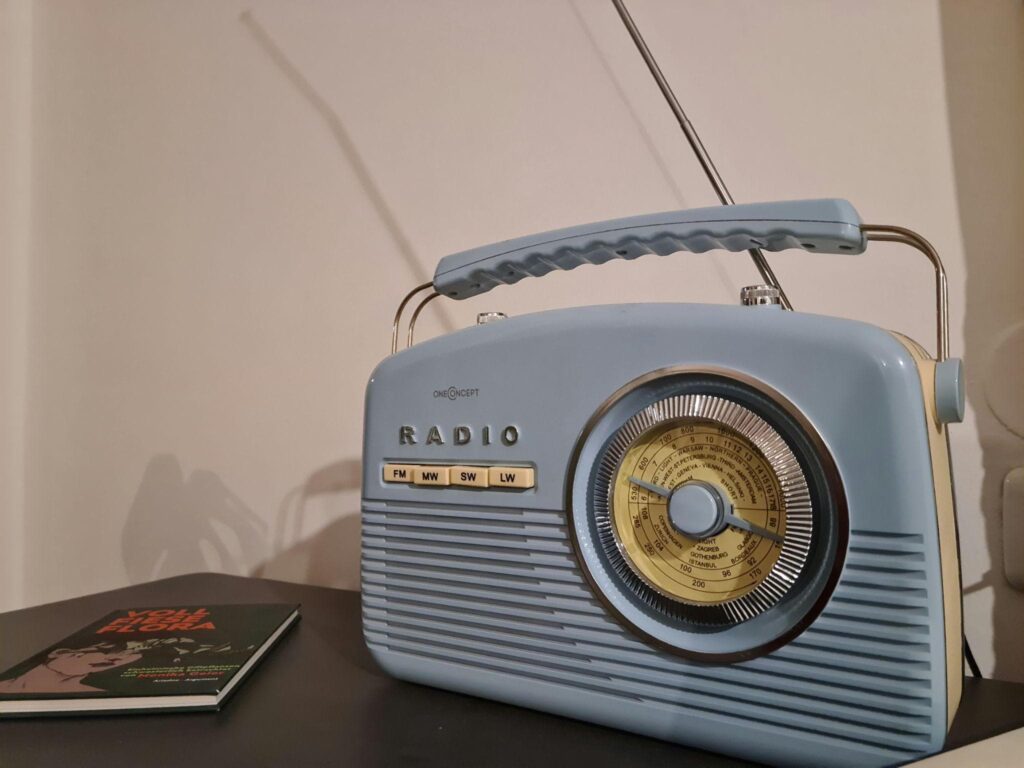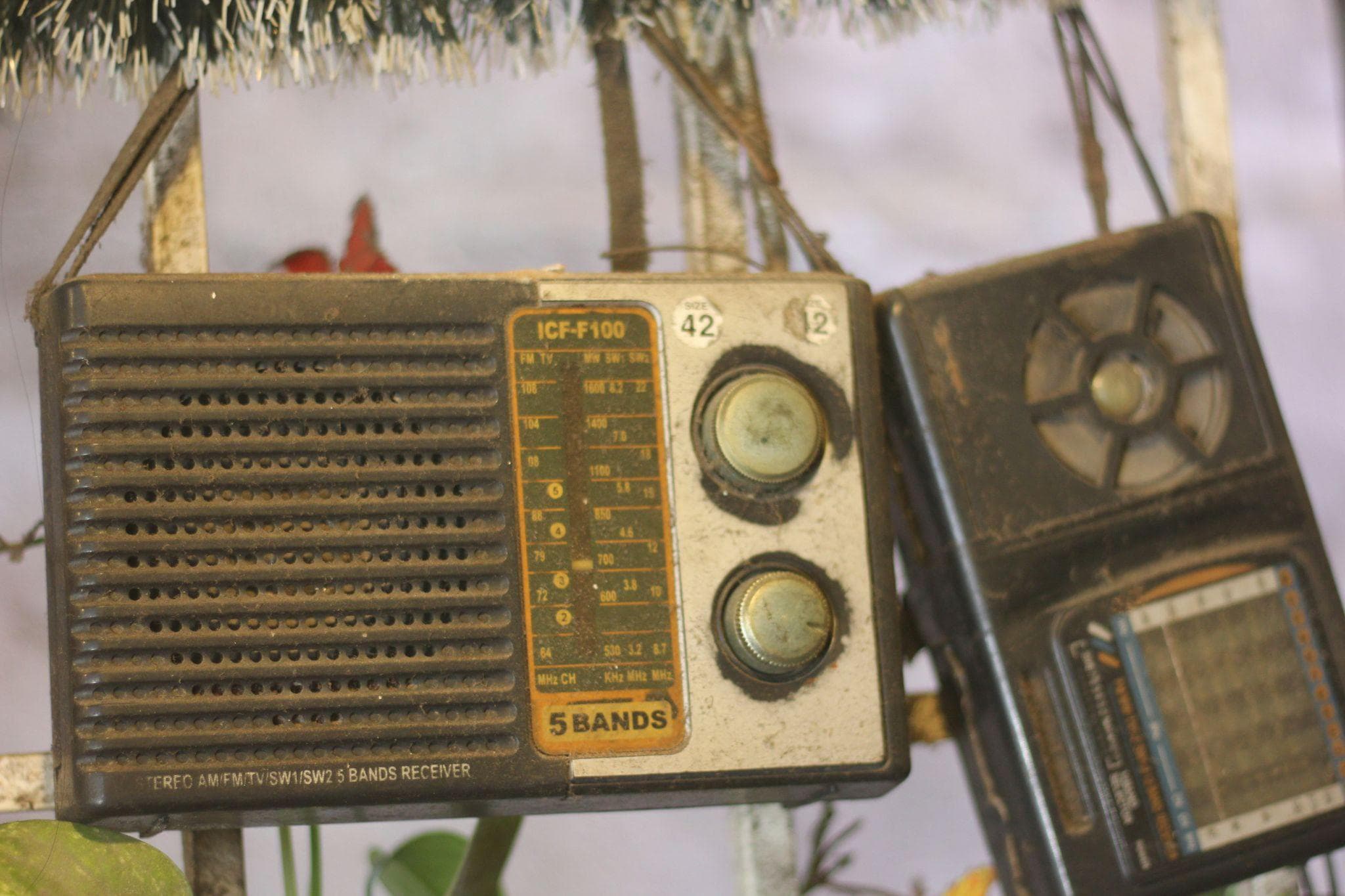Radios come in various types, each with unique features and uses. In this article, we’ll discuss some of the most common types of radios.
AM/FM Radios
These are the most basic types of radio and receive signals from AM (amplitude modulation) and FM (frequency modulation) radio stations. AM/FM radios are widely available and relatively inexpensive.
AM/FM radios are the most common type of radio receiver and have been around for decades. They work by receiving radio waves transmitted by AM (amplitude modulation) and FM (frequency modulation) radio stations. AM signals are created by varying the amplitude or strength of the radio waves, while FM signals are made by changing the frequency of the radio waves. AM radios are typically used for listening to talk radio and news broadcasts, while FM radios are usually used for music and other entertainment programs.
AM/FM radios are widely available and inexpensive, making them an excellent option for people who want to listen to the radio without spending much money. They are also straightforward to use, and people of all ages can operate them. AM/FM radios are a great way to stay informed about current events, listen to your favorite music, or simply relax and enjoy entertainment.
Here are some of the benefits of using an AM/FM radio:
- They are widely available and relatively inexpensive.
- They are easy to use and can be operated by people of all ages.
- They can receive a variety of radio stations, including talk radio, news broadcasts, music, and entertainment programs.
- They are a great way to stay informed about current events or listen to your favorite music.
Shortwave Radios
Shortwave radios operate by receiving signals in the shortwave spectrum, which ranges from 1.6 to 30 megahertz (MHz). These signals can travel long distances by bouncing off the ionosphere, a layer of the Earth’s atmosphere. This makes shortwave radios ideal for listening to international broadcasts or communicating with people in remote areas.
Shortwave radios have been around for over a century and were once the primary means of long-distance communication. However, with satellite communications, shortwave radio has become less common. Nevertheless, shortwave radios still have several advantages over satellite communications, including their low cost, ability to receive signals from various sources, and resistance to jamming.

Shortwave radios are typically equipped with several features that make them well-suited for long-distance listening. These features include:
- A wide frequency range allows the radio to receive signals from various sources.
- A sensitive receiver, which can pick up weak signals.
- A large speaker that provides clear and loud audio.
- A long antenna helps improve reception.
Satellite Radios
Satellite radios are a great way to listen to music, news, sports, and talk radio while on the go. They receive signals from satellites in orbit around the Earth, so you can listen to your favorite programming anywhere you have a clear view of the sky.
Satellite radios offer various channels, so you’re sure to find something you like. Many satellite radio providers also offer premium channels with even more content.
You’ll need to purchase a receiver and a subscription to use a satellite radio. Receivers are available for a variety of vehicles and for home use. Subscriptions typically cost around $10 per month.
You can listen to satellite radio once you have a receiver and a subscription. Simply turn on your receiver and select the channel you want to listen to. You can also use your receiver to record programs to listen to later.
Satellite radios are a great way to stay entertained and informed while on the road. They offer a variety of channels and are easy to use. If you’re looking for a way to add some excitement to your commute or road trip, a satellite radio is a great option.
Here are some additional benefits of satellite radio:
- Clear, digital sound: Satellite radio signals give crystal-clear sound quality.
- No commercials: Satellite radio channels are commercial-free, so you can listen to your favorite programming without interruption.
- Wide variety of channels: Satellite radio providers offer a variety of channels, so you’re sure to find something you like.
- Parental controls: Many satellite radio providers offer parental controls, so you can block channels that you don’t want your children to listen to.
Conclusion
This article explored the different types of radios and their features. AM/FM radios are the most common type of radio and are widely available at an affordable cost. On the other hand, shortwave radios are ideal for long-distance listening and can receive signals from various sources worldwide. Satellite radios provide multiple channels and clear digital sound without commercials, making them an excellent option for on-the-go entertainment.
Ultimately, the best type of radio for you depends on your needs and preferences. Consider the type of programming you want to listen to, the portability you require, and your budget. With so many options available, you’re sure to find a radio that gives you years of enjoyment.
